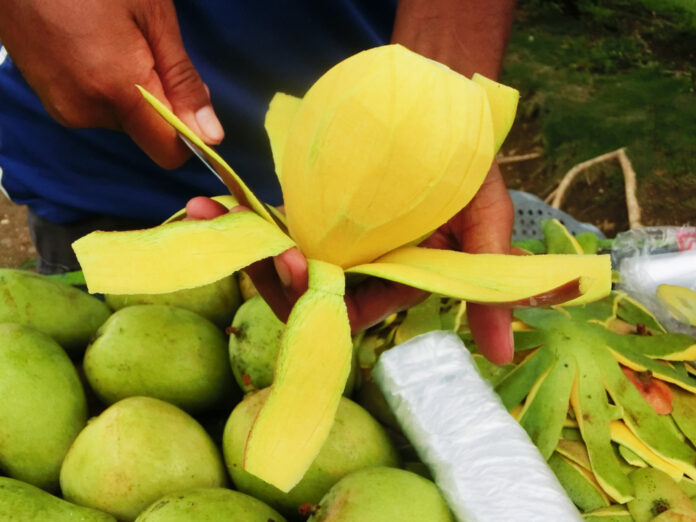lAgricultural scientists on Sunday bared the need to boost the shelf life of locally-grown carabao mango, specifically its skin or peel, to optimize its price and add to its storied appeal as the best mango in the world.
The fruit as an export commodity is competitively priced but packaged at great cost no matter that it is also one of the cheapest in the market.
This surfaced at the convening of the National Sectoral Committee on Fruits and Vegetables earlier this month where research and development, production as well as trade policies, rules and issues were discussed at length.
The Department of Agriculture (DA), via the Policy Research Services (PRS), said this is preparatory to the possible provision of logistics support for mango exporters.
Jerome Bunyi, DA-PRS officer-in-charge director, urged the various stakeholders to find new mango varieties that would prove a hit in the international market by exploiting the capabilities of local research and development units.
The Food and Agriculture Organization of the United Nations has noted the Philippines exported 8,986 tons of mangoes last year alone.
Data from the Philippine Statistics Authority also show the country produced 712,553.17 metric tons (MT) of the fruit last year the b
ulk or 81 percent of which was mango Carabao variant totaling 581,395.45 MT.
Mango Piko accounted for 27,548.16 MT or 3.9 percent and the balance of 103,609.57 MT or 14.5 percent were all other mango variants.







